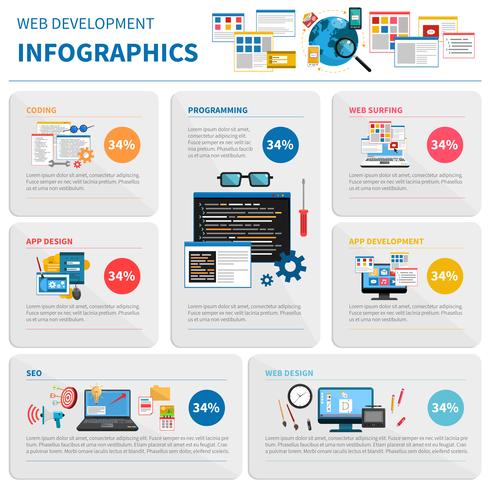Internet Site Style: A Journey Through Time.From Humble Starts To Modern Marvels, Internet Site Layout Has Gone Through A Considerable Change For Many Years
Internet Site Style: A Journey Through Time.From Humble Starts To Modern Marvels, Internet Site Layout Has Gone Through A Considerable Change For Many Years
Blog Article
Post Written By-Abel Dodson
In the past, internet sites were straightforward and concentrated on info. over here was direct, and style was for desktop computers. Currently, user experience is vital. Information overviews styles for simple navigation. Receptive designs suit various tools. Today, dark setting reduces stress, and minimal food selections enhance navigation. Interactive features involve users, and strong visuals stand apart. top 10 website design companies increases involvement. See exactly how design has advanced to boost your on the internet journey.
Very Early Days of Web Design
In the early days of web design, simpleness reigned supreme. Web sites were fundamental, with limited shades, fonts, and designs. The emphasis was on giving info rather than flashy visuals. Customers accessed the web with slow-moving dial-up links, so speed and capability were key.
Navigating food selections were straightforward, typically situated on top or side of the web page. Web sites were created for desktop, as mobile browsing wasn't yet prevalent. Material was king, and developers focused on simple readability over intricate style aspects.
HTML was the primary coding language made use of, and developers had to work within its restraints. Animations and interactive functions were minimal compared to today's requirements. Web sites were fixed, with little dynamic web content or individualized user experiences.
Surge of User-Focused Design
With the evolution of site style, a shift in the direction of user-focused layout concepts has actually come to be significantly prominent. Today, creating web sites that focus on customer experience is vital for involving visitors and accomplishing organization goals. User-focused design entails recognizing the needs, choices, and behaviors of your target market to tailor the web site's layout, material, and includes as necessary.
Designers currently perform complete research, such as customer surveys and functionality testing, to collect insights and feedback directly from customers. https://seo-google-adwords32086.blue-blogs.com/36580479/improve-your-pay-per-click-campaigns-by-using-reliable-keyword-study-strategies-that-will-certainly-transform-your-advertising-and-marketing-efficiency-learn-more-today -driven method helps in creating instinctive navigation, clear calls-to-action, and aesthetically appealing interfaces that reverberate with site visitors. By placing the individual at the facility of the layout process, websites can deliver an extra customized and satisfying experience.
Responsive style has likewise become an essential element of user-focused layout, guaranteeing that websites are maximized for different devices and display dimensions. https://searchengineland.com/9-seo-tips-better-google-image-search-results-278609 enhances availability and use, satisfying the diverse means individuals communicate with web sites today. Fundamentally, the increase of user-focused style represents a change towards creating digital experiences that focus on the requirements and assumptions of the end customer.
Modern Trends in Web Design
Check out the current fads forming web design today. One famous fad is dark mode style, supplying a sleek and modern-day look while decreasing eye stress in low-light environments. An additional key fad is minimalist navigating, streamlining food selections and improving customer experience by concentrating on essential elements. Incorporating micro-interactions, such as computer animated buttons or scrolling results, can produce a more engaging and interactive website. Receptive style remains vital, guaranteeing smooth customer experiences across various gadgets. Furthermore, utilizing strong typography and asymmetrical formats can include aesthetic interest and accentuate details content.
Integrating AI technology, like chatbots for customer assistance or individualized suggestions, enhances individual involvement and streamlines processes. Access has also come to be a considerable pattern, with developers prioritizing comprehensive layout practices to satisfy diverse customer requirements. Welcoming sustainability by enhancing web site performance for rate and efficiency is another emerging pattern in website design. Working together with user responses and data analytics to iterate and improve design continuously is vital for staying pertinent in the ever-evolving electronic landscape. By welcoming these modern fads, you can produce an aesthetically attractive, user-friendly internet site that reverberates with your audience.
Final thought
As you review the development of internet site layout from the early days to now, you can see just how user-focused style has come to be the driving pressure behind modern fads.
Embrace the journey of change and adaptation in website design, always maintaining the user experience at the center.
Remain current with the most up to date trends and technologies, and never quit evolving your strategy to produce visually stunning and user-friendly internet sites.
Progress, adjust, and develop - the future of web design remains in your hands.
